Guide To Diagnosing And Treating Aortic Stenosis
Aortic stenosis is a condition where the aortic valve in the heart becomes too narrow, resulting in its functional impairment. Oxygenated blood returns from the lungs and flows into the left atrium, where the mitral valve allows it into the left ventricle. The blood moves from the left ventricle through the aortic valve into the aorta. From there, oxygenated blood is distributed to tissues around the body. When this valve cannot open enough due to narrowing, blood flow to the rest of the body is reduced or obstructed. This malfunction causes the heart to work excessively hard to pump enough blood throughout the body. Over time, this burden on the heart results in a reduced ability to pump an adequate blood volume. This causes symptoms such as heart murmur, fainting, fatigue, appetite loss, weight loss, angina, breathlessness, and palpitations.
Patients need prompt aortic stenosis treatment. One option is medication for aortic stenosis, such as beta-blockers. Surgery for aortic stenosis is common as well. In addition, there are natural remedies for aortic stenosis, which include getting regular exercise and eating a heart-healthy diet. However, the treatment for aortic stenosis that patients need can vary. Thus, they should first understand how this condition is diagnosed and their treatment options before discussing them with a doctor.
Echocardiogram
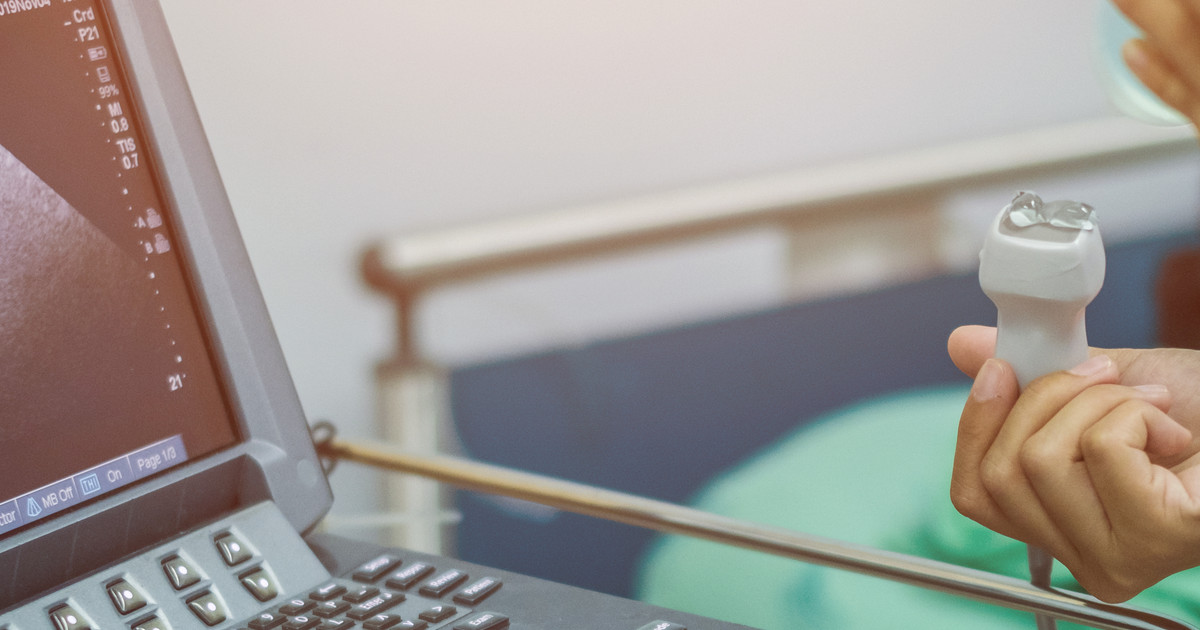
Many doctors will order an echocardiogram as part of the aortic stenosis diagnostic process. An echocardiogram involves a transducer and uses sound waves to create a short video, which shows an individual’s heart in motion. In addition to looking at the aortic valve, doctors will typically evaluate the patient’s blood flow through their heart and their heart chambers. Echocardiograms may be able to determine the cause of the patient’s condition in addition to revealing the severity of it. In some instances, doctors may use a transesophageal echocardiogram to take a closer look at the individual’s aortic valve. This test runs the transducer into the individual’s mouth and down their esophagus.
Electrocardiogram
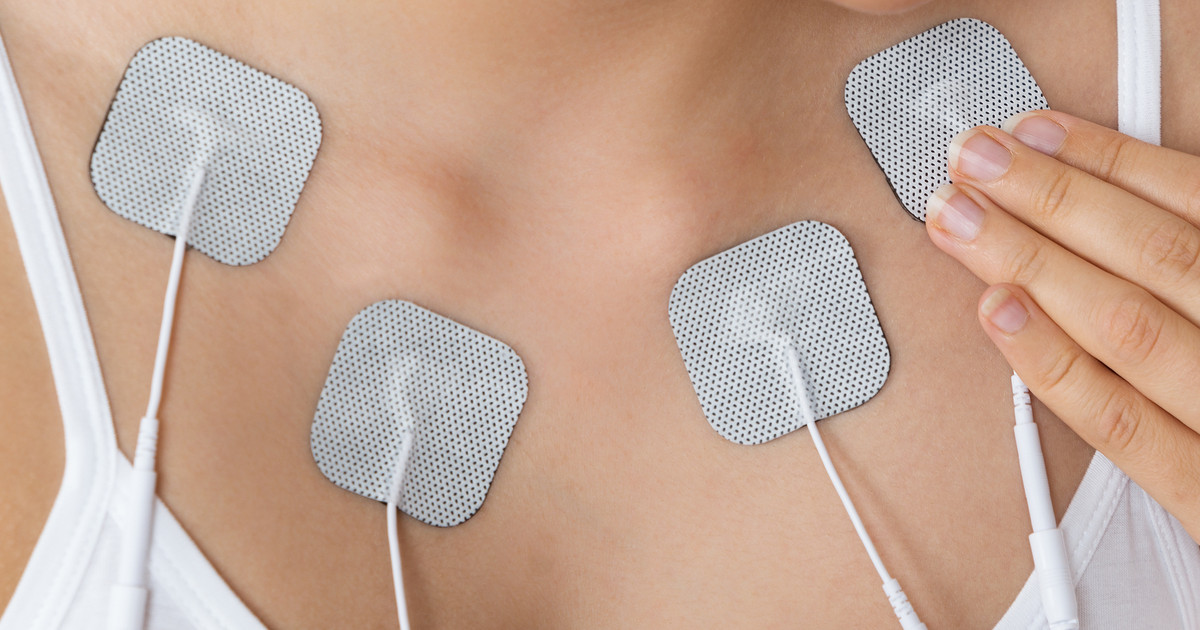
Some individuals will receive an electrocardiogram when their doctor suspects that they have a heart problem. Of course, this includes possible aortic stenosis. Patients will have electrodes and wires attached to their skin during this test. The wires will connect to a device to measure the electrical activity of the patient’s heart. Elements that electrocardiograms can detect include enlarged heart chambers as well as abnormal heart rhythms. The abnormal heart rhythm is a particularly important part of detecting aortic stenosis with an electrocardiogram. However, patients often need more than this test to diagnose aortic stenosis.
Exercise Stress Test
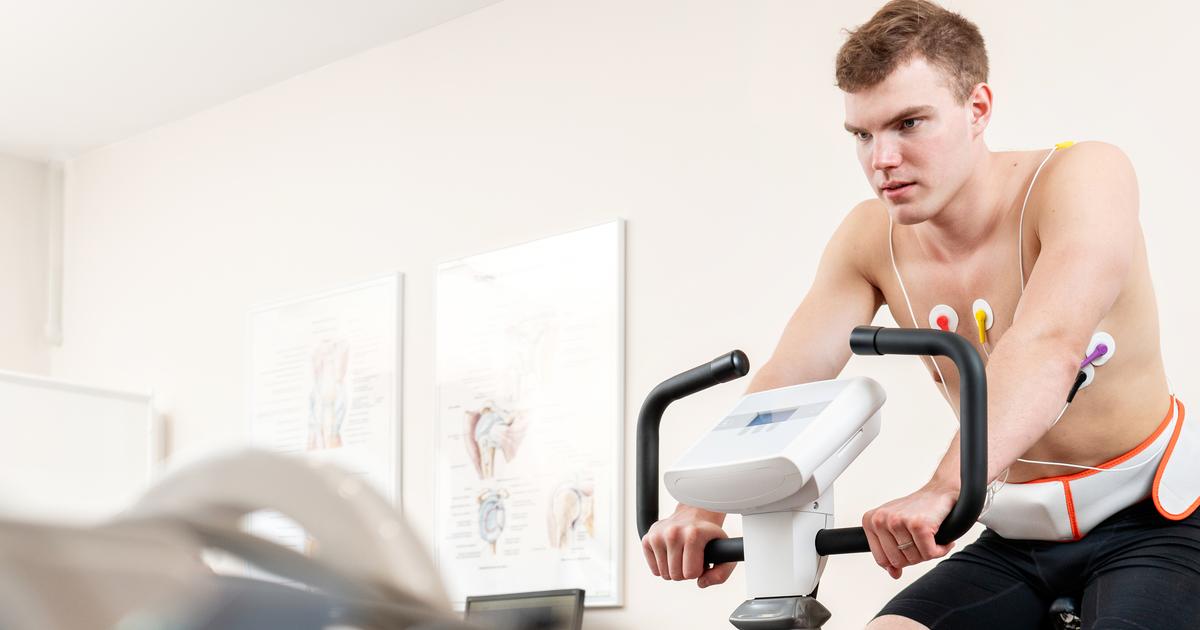
Doctors will commonly order an exercise stress test when they believe their patient may have a problem with their heart. Of course, among these heart problems is aortic stenosis. An exercise stress test, as the name indicates, involves patients being physically active. This is typically on a treadmill with electrodes attached to them. It is an effective way to reveal symptoms of aortic stenosis in a controlled environment. One of the major symptoms it reveals is significant shortness of breath after being physically active. In addition to revealing symptoms and helping with diagnosis, an exercise stress test can also help doctors determine the severity of a patient’s aortic stenosis. Testing the severity can help doctors determine what treatment will be effective and the best choice.
Eat A Heart-Healthy Diet

Doctors may advise individuals with mild aortic stenosis to make certain lifestyle changes, like eating a heart-healthy diet, as part of their treatment. Obesity and being overweight, even for healthy individuals, can increase the burden on their heart. This is why a heart-healthy diet, which typically contains a significant amount of whole grains, is crucial to maintain a healthy weight. Foods with whole grains include oatmeal, brown rice, and rye bread. Aortic stenosis patients should aim to eat twenty-five grams of whole grains daily. Protein in the diet should come from sources such as black beans, pintos, soybeans, garbanzos, split peas, nuts, eggs, milk, yogurt, cheese, and certain types of fish and shellfish.
Individuals should limit their consumption of red meat because it can cause an increase in bad cholesterol and contribute to the development of atherosclerosis. It is better to choose chicken and turkey over red meat as they contain much less saturated fat. Patients should be sure to avoid processed meat like bacon, hot dogs, sausages, and deli meats. This is because they contain too much salt to keep their blood pressure at a reasonable level.
Get Regular Exercise

Doctors often also suggest that patients with mild aortic stenosis get regular exercise as a part of their treatment. Regular physical activity is beneficial for the heart, even for individuals affected by mild aortic stenosis. A doctor can help a patient understand what types of activities they should avoid and the amount of time their heart rate can be raised safely. Patients should track their heart rate during their exercise regimen or routine. Aerobic-based activities like walking, team sports, running, swimming, resistance-based activities, and programs with weights can all help keep an individual's muscle and cardiovascular tissues in good health.
Regular exercise also minimizes the chance of developing cardiovascular complications. Examples of such complications are high blood pressure and unhealthy body weight. The frequency recommended for aerobic-based exercise in individuals affected by mild aortic stenosis is three to five times per week with a duration of twenty to sixty minutes. Resistance-based exercise is recommended at a frequency of one to three times per week for patients with mild aortic stenosis.
Medication

Medications are used to treat aortic stenosis to lower the risk of complications and to help control symptoms. Unfortunately, no medications can cure aortic stenosis. Angiotensin-converting enzyme (ACE) inhibitors may be prescribed to help dilate the patient's blood vessels. This can reduce complications linked to high blood pressure and poor circulation. Individuals may experience symptoms associated with the increased burden this condition places on their heart, such as high blood pressure and high heart rate. These patients may also need medication. These medications are called beta-blockers and can help decelerate the heart rate and are also useful for preventing the thickening of the walls of the heart from overexertion.
Medications may address certain heart rhythm abnormalities, if applicable. Medications called diuretics can reduce blood volume, which helps alleviate some of the stress put on a patient's heart. Some individuals with aortic stenosis may also need statins to lower levels of bad cholesterol. This may prevent the development of atherosclerosis.
Aortic Valve Repair
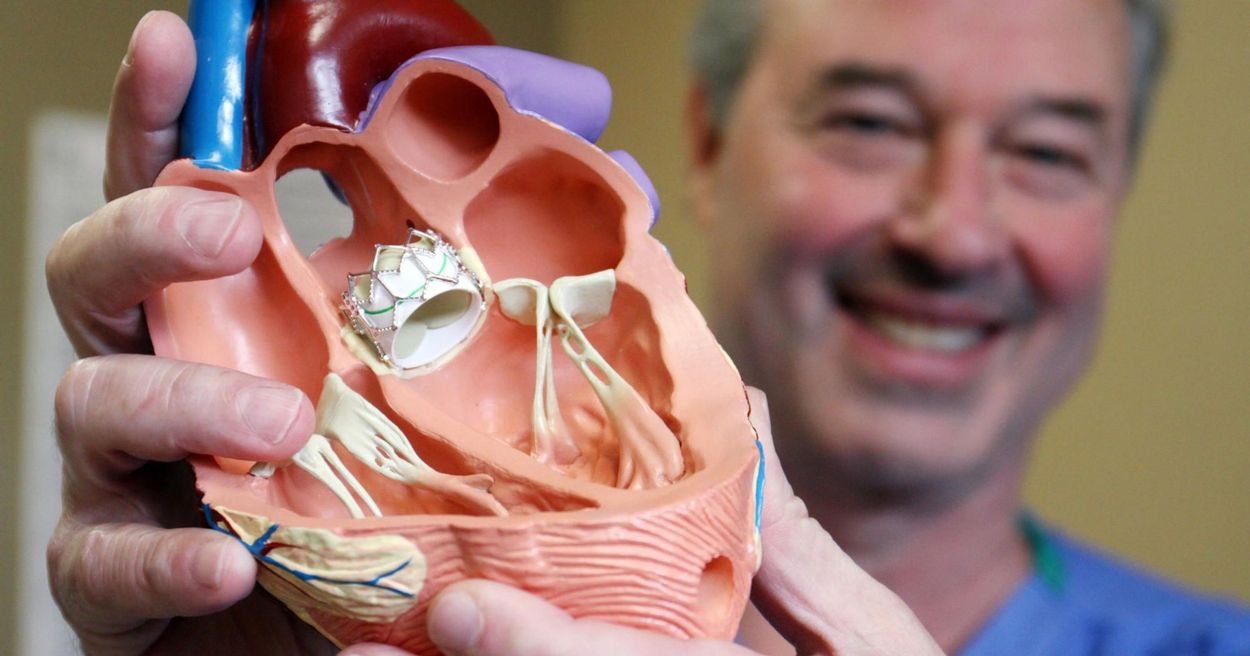
Aortic stenosis patients may need to have the faulty valve of their heart repaired through a minimally invasive procedure. A balloon valvopathy is a procedure involving a catheter equipped with a small balloon on its end. This catheter is threaded into the body through a large artery in the groin area to the narrowed aortic valve in the heart. The balloon is inflated to stretch the valve and then removed along with the catheter. This procedure is a temporary fix for an individual with moderate aortic stenosis because the effects do not last for an extended period. Balloon valvopathy is used sparingly and on patients waiting for another operation or who cannot undergo a major surgical procedure to replace their aortic valve.
There are other advantages to a valve repair over replacement. They include a reduced risk of infection-related complications along with the need to be on blood thinners for life. Recovery from an aortic valve repair is quicker, and there is less post-procedural pain reported with this procedure. In uncommon cases, surgical aortic valve repair may be done while the patient is having open surgery to repair another heart defect.
Aortic Valve Replacement

Some patients are unable to control their symptoms and complications of aortic stenosis through non-surgical or minimally invasive repair methods. In such cases, the patient requires an aortic valve replacement. This refers to the complete excision of the narrowed valve and the installation of a replacement. Replacement valves are made from tissues that come from pigs, cows, or other individuals. Some replacement valves are mechanical and artificial. Artificial mechanical replacement valves mean patients must take blood thinners for the rest of their life. However, they also last longer than biological valves.
Valves made of living tissue do not carry medication requirements, though they do require replacement every ten to fifteen years. While open surgery to replace the aortic valve is most effective, an alternative replacement method is available. Transcatheter aortic valve replacement works the same as a balloon valvuloplasty. However, the replacement valve is inserted before the balloon is deflated and removed. This procedure is common in patients who have already had a valve replacement and need another one.
Balloon Valvuloplasty
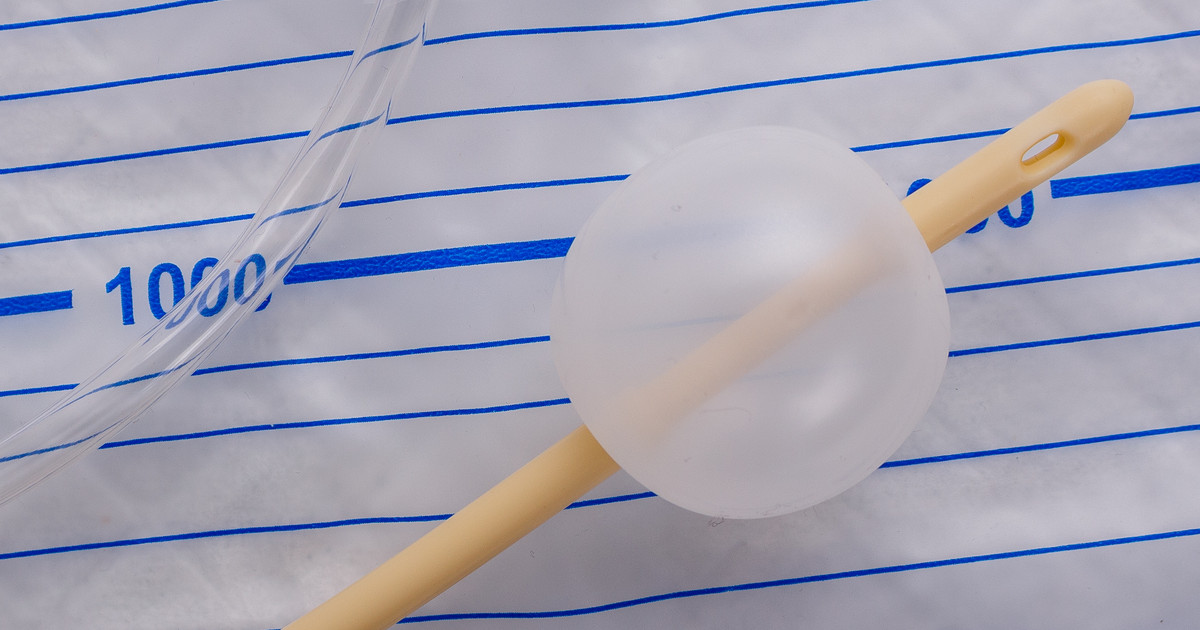
Some individuals with aortic stenosis may undergo a balloon valvuloplasty. This procedure uses a catheter to repair the aortic valve. During the procedure, the doctor will insert the catheter, which has a balloon attached to the tip, into one of the patient’s arteries. The artery will be in the patient’s arm or groin. Once inserted, the doctor will guide the catheter to the aortic valve. This is where they will inflate the balloon to expand the opening of the valve. After this happens, the doctor can deflate the balloon and remove it, along with the catheter. A balloon valvuloplasty is effective. However, the aortic valve will often narrow again in adults. Thus, doctors often only recommend it when their patient is waiting for a valve replacement or if they are too weak for surgery.
Stress Management

Occasional and mild stress is considered healthy for individuals. However, chronic stress is not. In fact, too much stress can negatively affect an individual’s heart health. It can do this by increasing blood pressure and causing individuals to develop unhealthy habits. This is why aortic stenosis patients can benefit greatly from practicing stress management. Common techniques for stress management include meditation, deep breathing, aromatherapy, and spending time with loved ones. Yoga, reading, and listening to music are also helpful ways to practice stress management. Of course, stress management is not suitable for a standalone treatment for aortic stenosis. However, it can greatly benefit the effectiveness of other treatments.